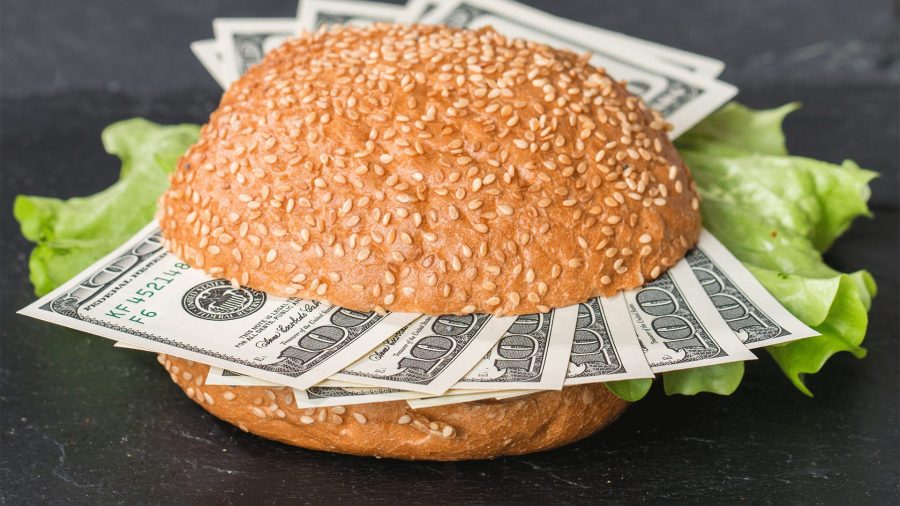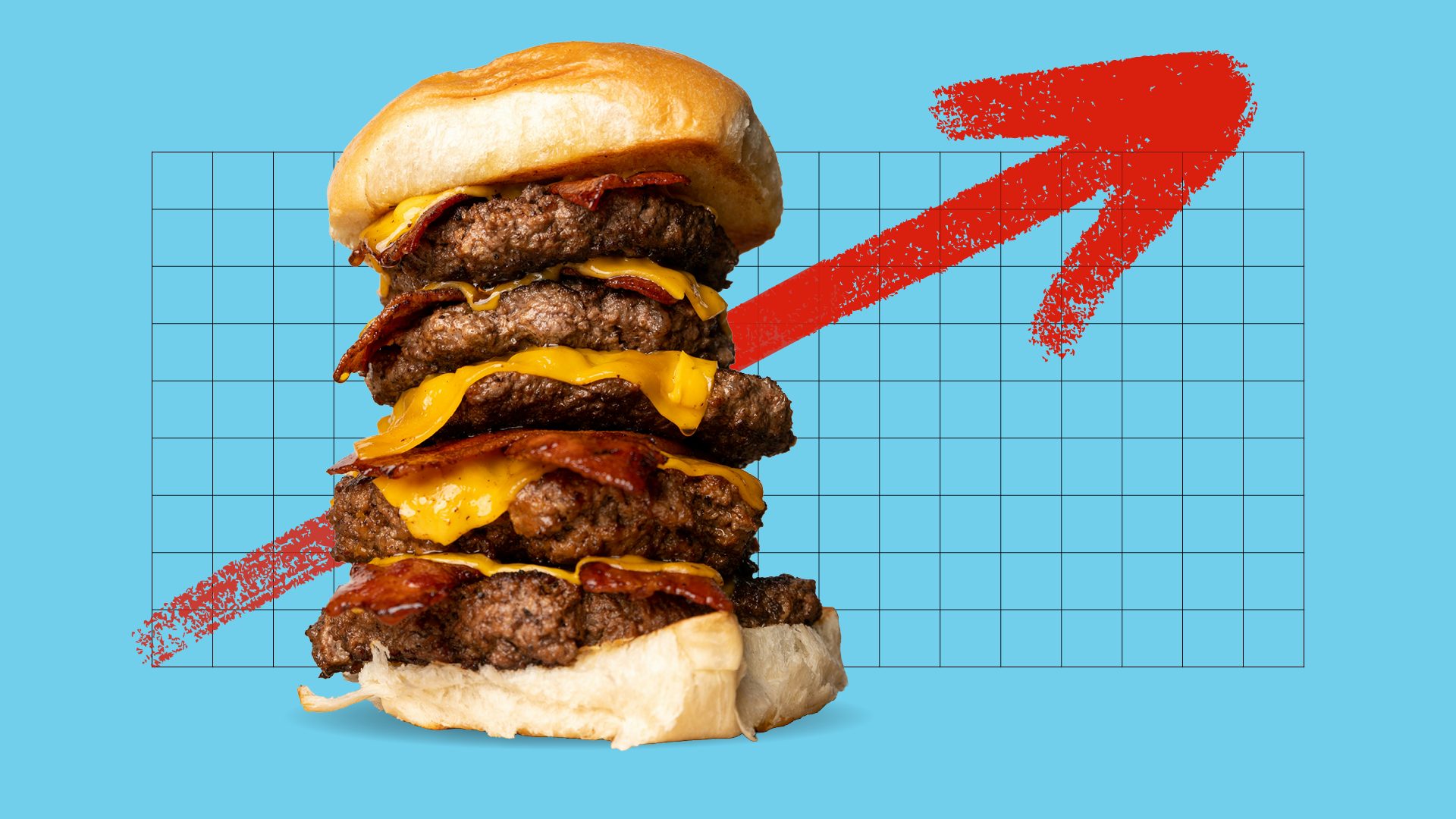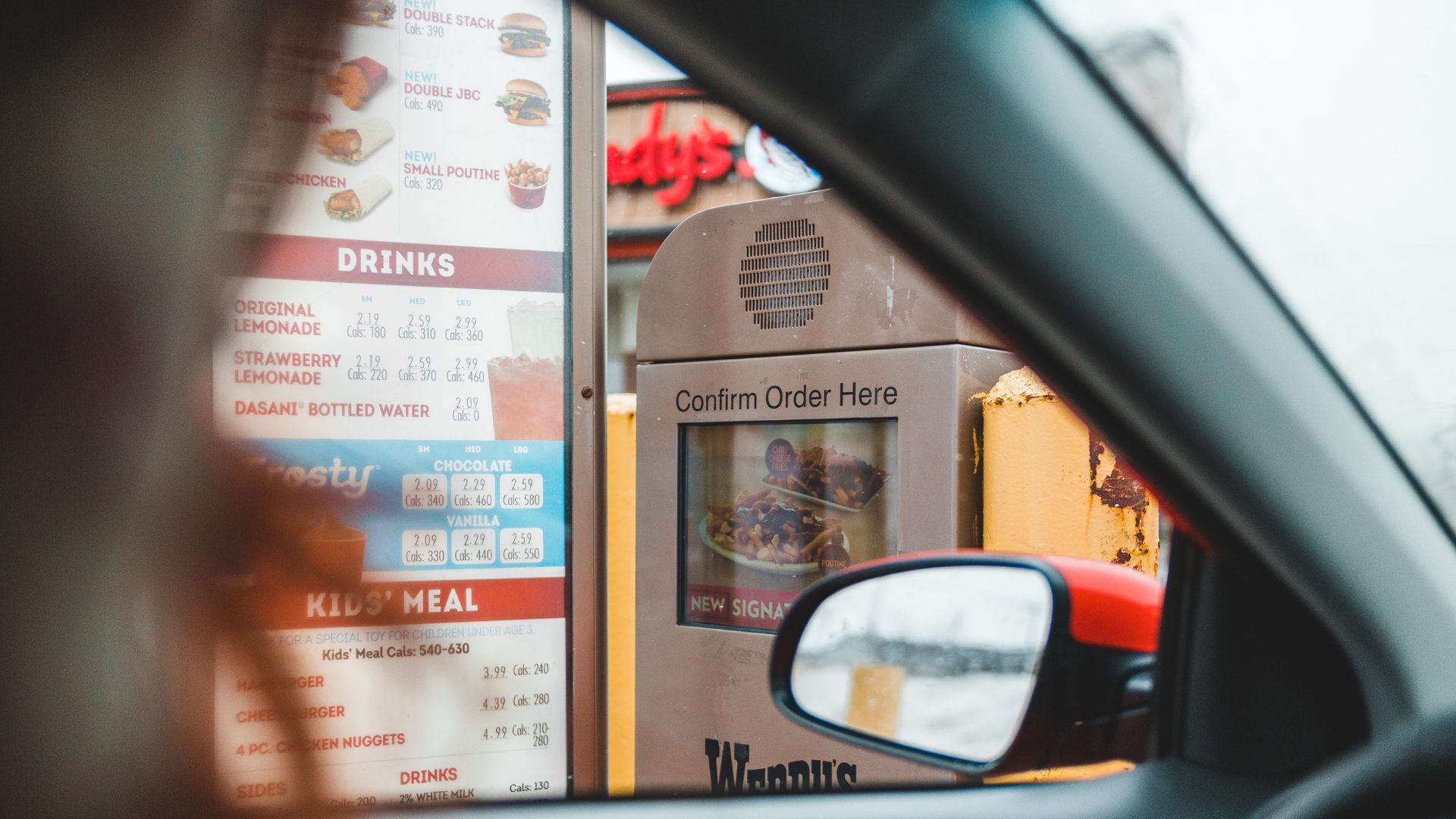Are consumers willing to shell out $20 for a cheeseburger, fries, and a milkshake at their favorite fast-casual restaurant? As inflation and gas prices soar, we’re likely to find out soon.
In fact, consumers appear ready to cut restaurant spending if prices keep climbing, according to a survey conducted for The International Council of Shopping Centers (ICSC). Sixty-four percent of respondents said they’re primed to reduce their restaurant expenditures because of rising prices.
The ICSC study signals consumers are monitoring how inflation is eating away at their spending power, and that dining out is one of the activities that will be most affected if inflation hits a tipping point.
With that, the Labor Department reported last week that the Consumer Price Index continued to rise, increasing by 0.8 percent in February, or 7.9 percent year over year, a fresh 40-year high.
Record fuel costs are also taking a toll, with a recent Reuters poll showing that nearly half of Americans say rising gas prices will most impact how they spend their money on meals at restaurants (54%), entertainment (49%), home improvement (47%) and vacations (46%).
Rising restaurant sales and menu inflation
Yet, restaurants have reported little resistance from consumers as menu prices soared, with menu price inflation hitting a 41-year high in February, according to data from the U.S. Bureau of Labor Statistics. (Restaurant Business, March 10)
Further, consumers ramped up their spending on food and beverages away from home in February, which followed several months of stagnation. Eating and drinking places registered total sales of $73.9 billion on a seasonally adjusted basis in February, according to preliminary data from the U.S. Census Bureau.
That was up a solid 2.5% from January’s seasonally adjusted volume of $72.1 billion, which represented the strongest monthly increase in nine months. Prior to February’s healthy gain, nominal eating and drinking place sales had remained essentially flat for the previous six months. (National Restaurant Association, March 16)
Against this backdrop, what are the prospects for restaurants?
Experts weigh in
“Consumers are likely to trade down during inflationary times as they will want to continue to enjoy some level of out-of-home dining experience,” John Church, co-head of HSBC Bank’s food and beverage unit, told The Food Institute. “As for restaurants’ efforts to retain dining traffic, they will likely consider a reduction in portion size while maintaining current price points. Although it’s not an easy task, restaurants are trying very hard not to pass along elevated cost of operations [to consumers].”
Dan Rowe, CEO of franchise development company Fransmart, says restaurants must raise prices.
“CPI has grown like crazy. If you’re not raising your prices ahead of that, you’re actually in a hole,” he told The Food Institute. “There will be a ceiling and there’s going to be a limit, but I don’t think we’re close to that yet.”
Rowe said that consumers understand the current operating environment and if they like a restaurant or concept, they will take on higher prices. He added that “if you can’t raise your prices 5%, you probably have an issue with your concept.”












